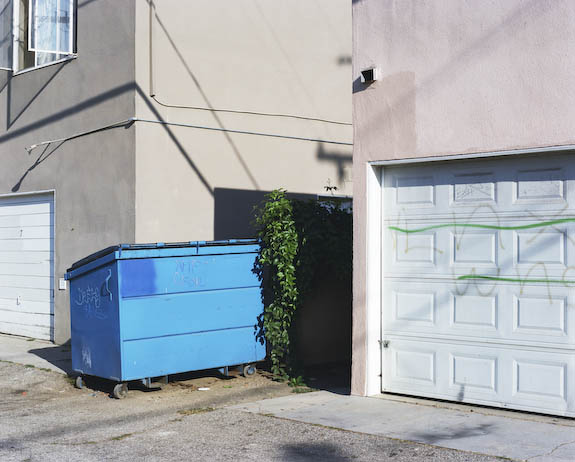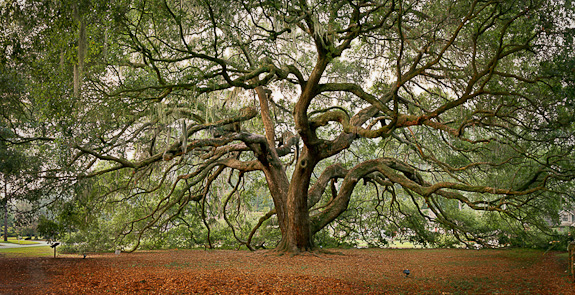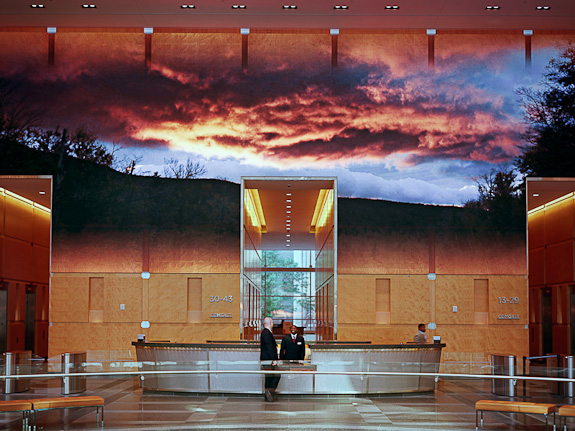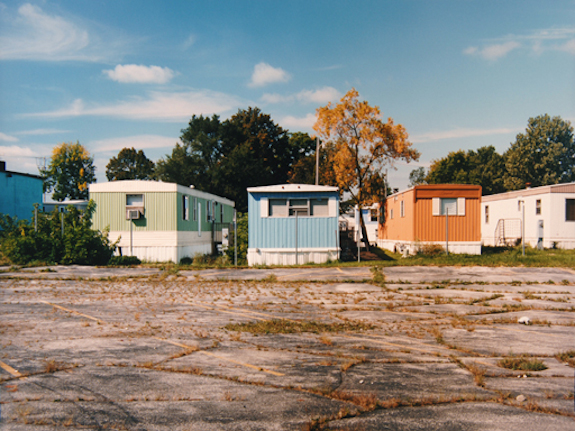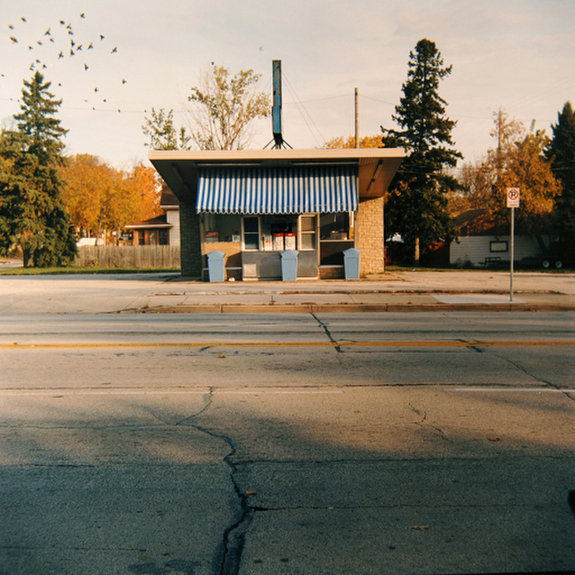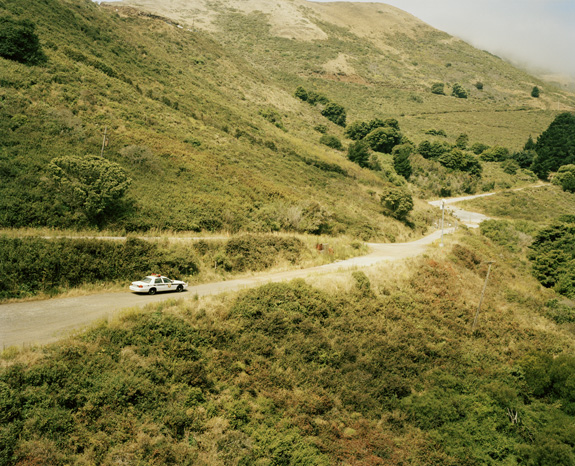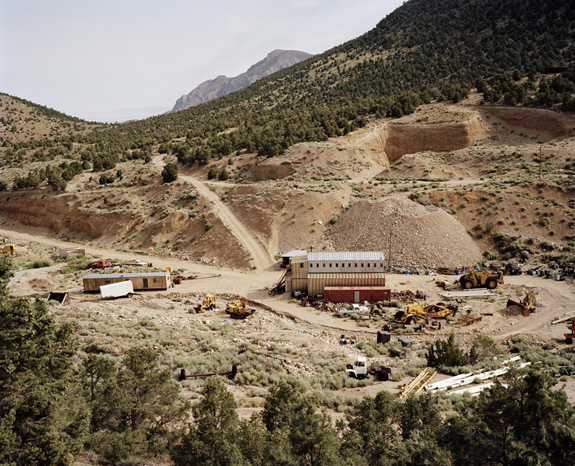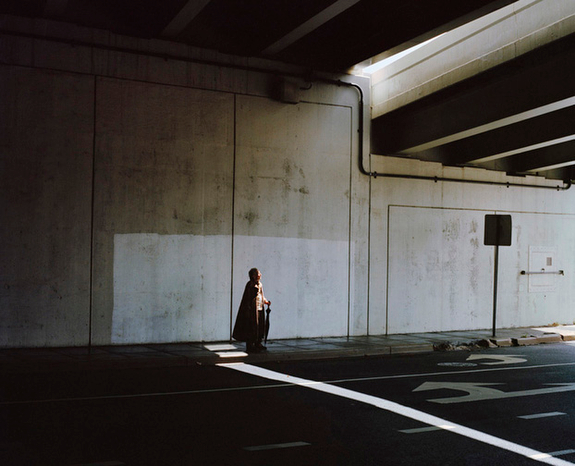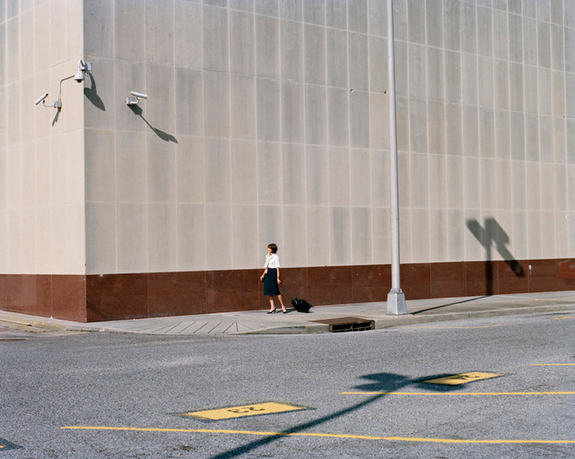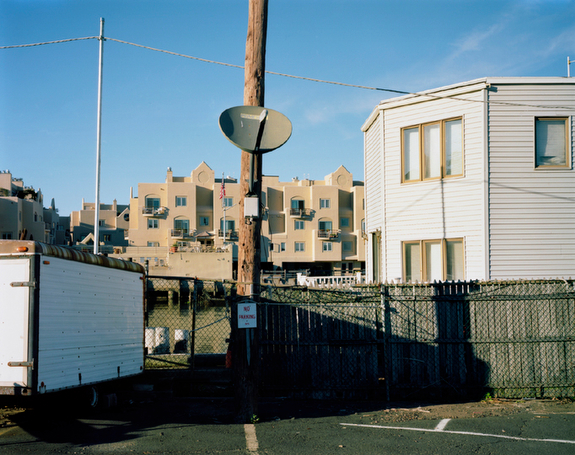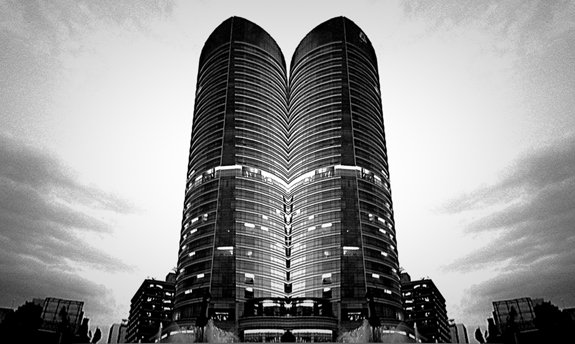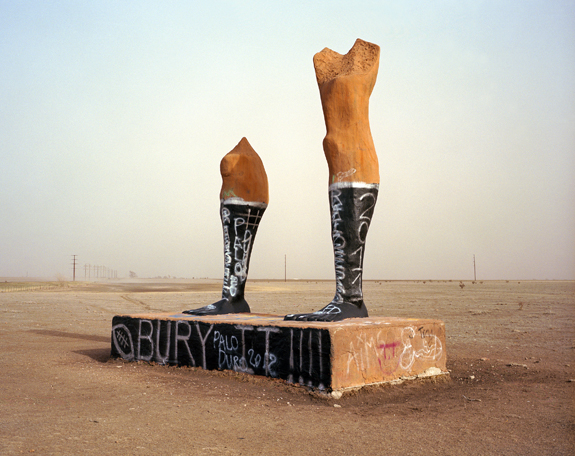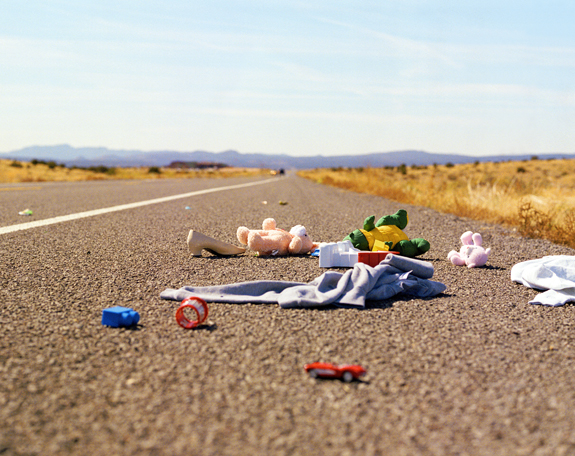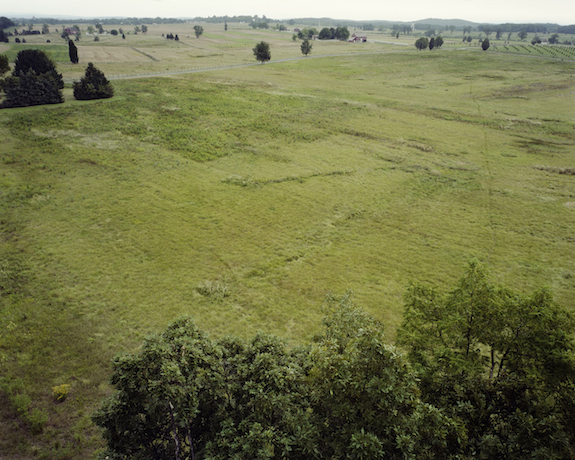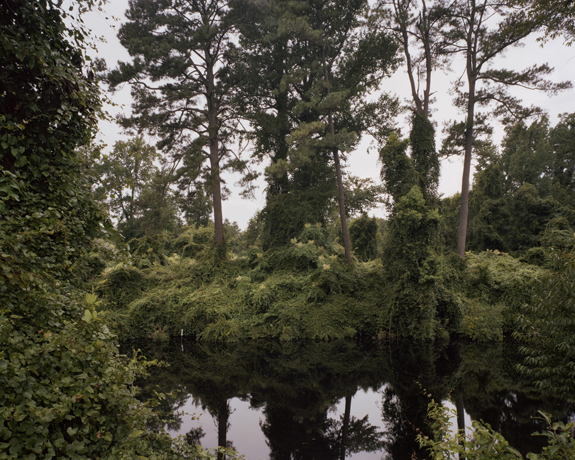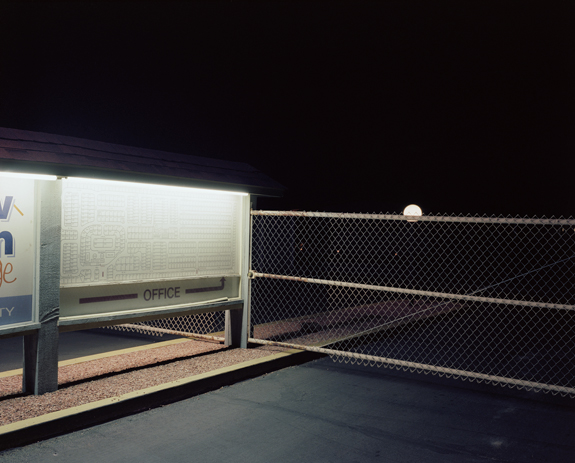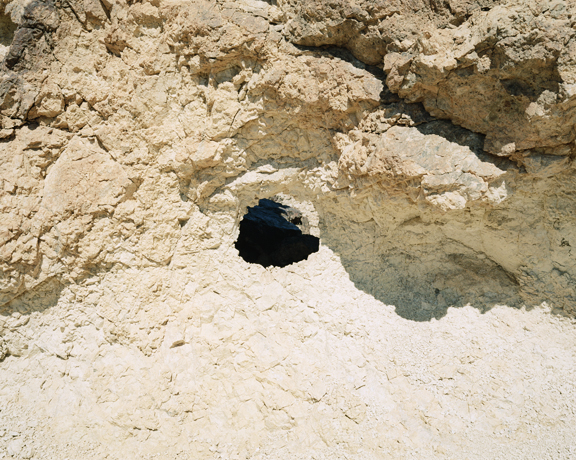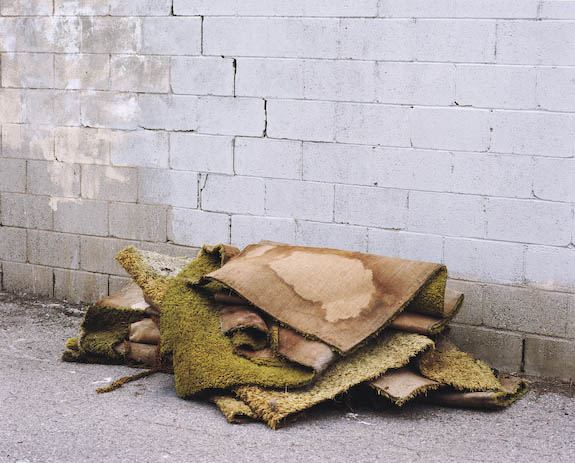
This project, called WLA, grew organically out of regular outings photographing near my home in West Los Angeles and eventually the greater Los Angeles area. I discovered that I was most interested in images that had been made in alleys or similar spaces.
As I focused on these places I came to understand that they occupy a unique gap between public and private, deliberate and accidental; that their use or meaning changes in relation to who moves through them; that while they are places in a physical sense they are conceptually non-places, without names, left off of maps, etc.
This in-between status, or liminal state, is a concept widely found in myth and ritual, referring to moments, rites and places that are simultaneously loaded with potential and neutral. The threshold could either be a moment of transformation or one of stasis, as in purgatory, and gives such spaces a neutrality upon which I find their visual qualities are amplified.
WLA is an investigation of the fleeting, lyrical capacity of latent spaces, a catalog of the unanticipated interactions and harmonies that materialize in these spaces and the human urge to find meaning within them.
— Justin Fiset, Los Angeles, California, USA
